Read more about our work with industry below:
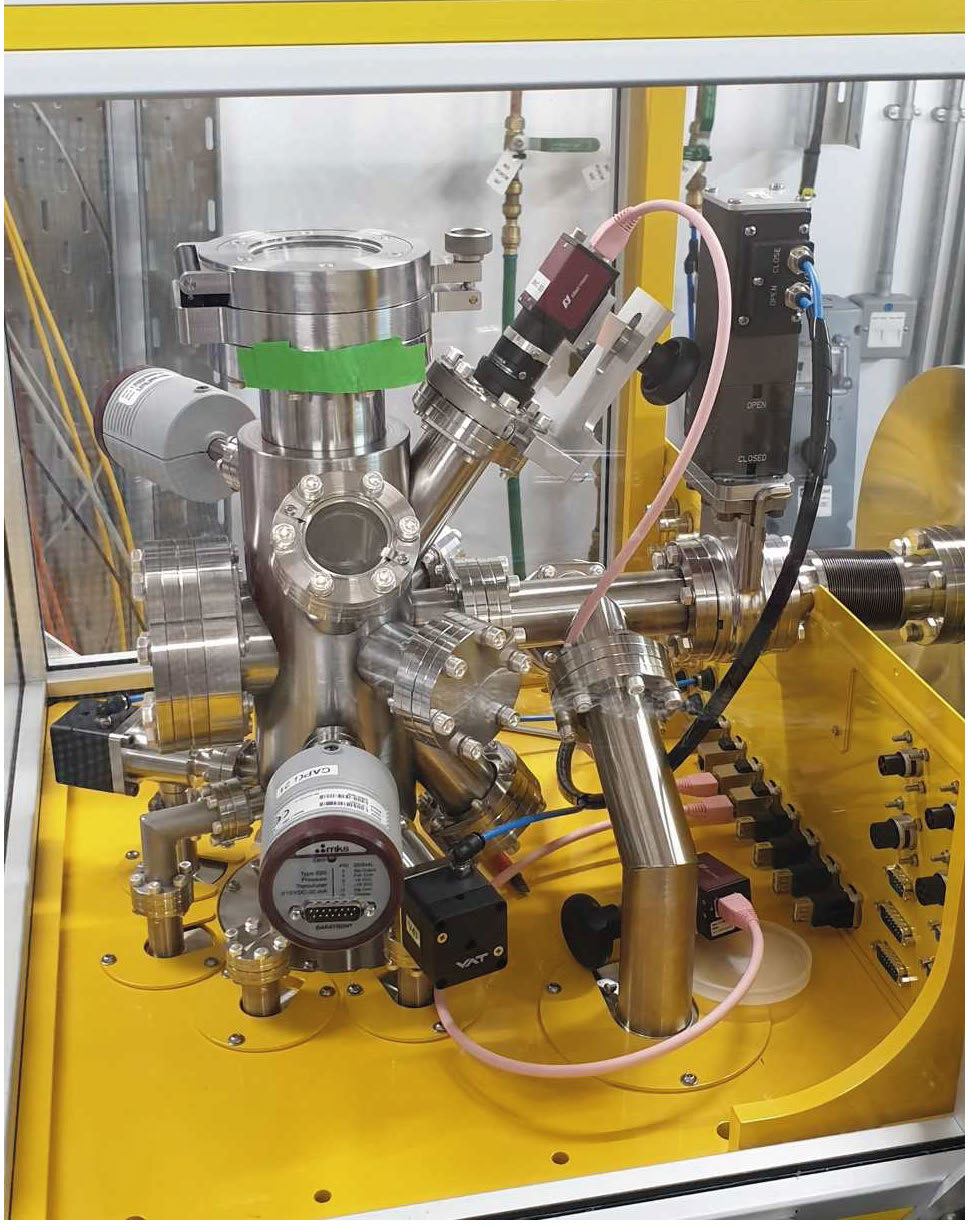 Case Study: Development of an Ambient Pressure Microreactor for In Situ Soft XAS
Case Study: Development of an Ambient Pressure Microreactor for In Situ Soft XAS
Collaborators: UK Catalysis Hub, UCL, Diamond Light Source, Johnson Matthey
Building and commissioning of a high pressure (up to 3 bars) soft X-ray spectroscopy microreactor for industrial catalyst characterisation at the B07 beamline for identifying the nature of true active species during reaction.
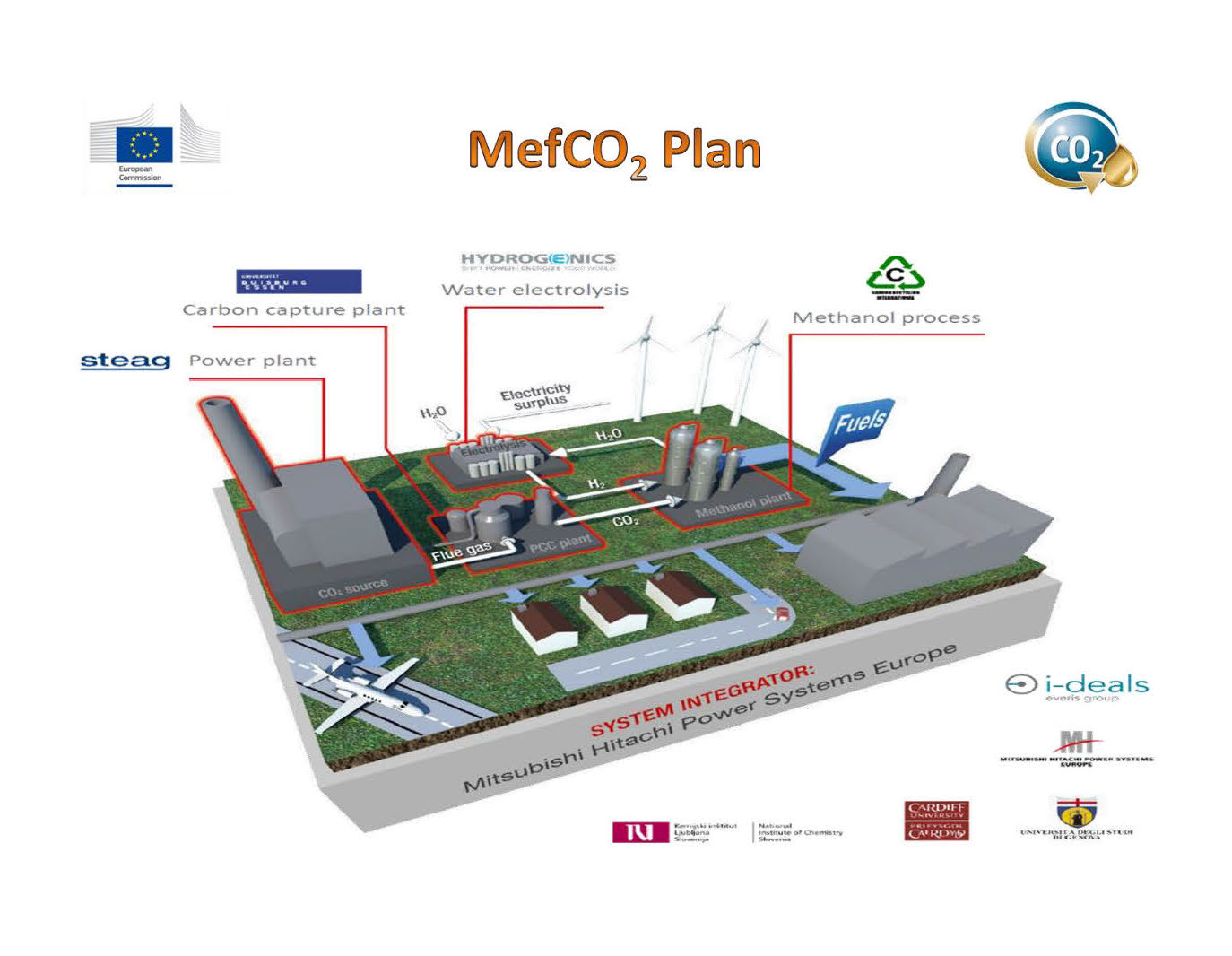 Case Study: Direct fixation of CO2
Case Study: Direct fixation of CO2
Collaborators: UK Catalysis Hub, Cardiff Catalysis Institute (Cardiff University), Mitsubishi Hitachi Power Systems Europe, Steag, Hydrogenics, i-deals, National Institute of Chemistry Slovenia, Carbon Recycling International, DIME University of Genova, University of Duisburg Essen, RWE
Global warming is a threat to the global environment and is a focus of a great deal of current social, political and scientific thinking due to the urgency of the problem. A number of scenarios are in operation for the amelioration of this problem and one of them is to use renewable energy from (e.g.) wind and solar photovoltaic inputs to the grid. However the persistent problem with this idea is the great variability of these outputs (solar photovoltaic only daytime, and not every day, wind intermittent with sometimes long windless periods). Hence we need to store the energy during peak outputs, to be used during fallow periods.
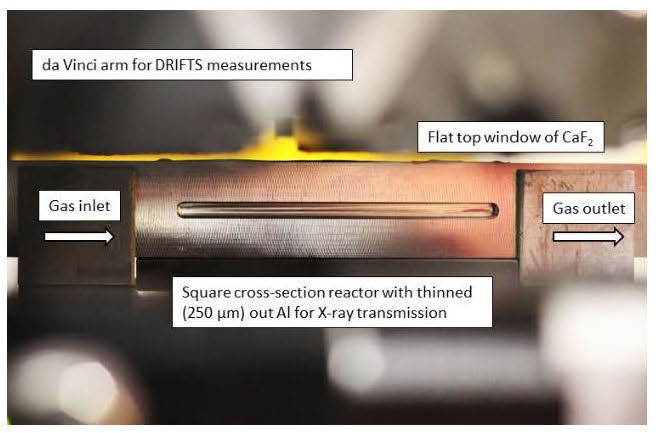 Case Study: Development of XAFS methods for industrial applications
Case Study: Development of XAFS methods for industrial applications
Collaborators: UK Catalysis Hub, Diamond Light Source, Southampton University, Queens University Belfast, University of Manchester, University of Glasgow, University College London and Johnson Matthey Technology Centre (JMTC)
The endeavour behind these activities is to develop operando techniques that allow for precise, accurate, and reliable measurements regarding the evolving nature of catalysts under realistic conditions. The work focussed on developing a new approach to combining X-ray absorption fine structure (XAFS) and diffuse reflectance infrared Fourier transform (DRIFTS) spectroscopies.
Collaborators: University of Bristol, Knowledge Centre for Materials Chemistry
Research funded by the EPSRC UK Catalysis Hub in the Wass research group at the University of Bristol has been developing catalyst systems to embed in carbon fibre composite materials to impart self-healing functionality.
Researchers from the Manchester Institute of Biotechnology (MIB) including five from the group of Prof. Nigel Scrutton attended the annual New Scientist Live event in London.
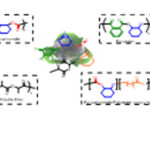 Case Study: Selective Polymerisation
Case Study: Selective Polymerisation
The research investigated using the Hub funding remains at an early stage as would be expected with EPSRC funded fundamental research. Nonetheless, the target area – making useful products from carbon dioxide, is one in which there is potential for both environmental and commercial impact.
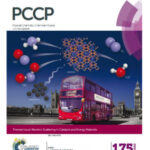 Case Study: Neutrons in Catalysis (Hub Harwell)
Case Study: Neutrons in Catalysis (Hub Harwell)
Collaborators: Johnson Matthey, ISIS, Southampton University, University College London & UK Catalysis Hub
NOx emissions from the energy and transport sectors represent a major hazard to human health and this has been the focus of significant industrial and academic research.
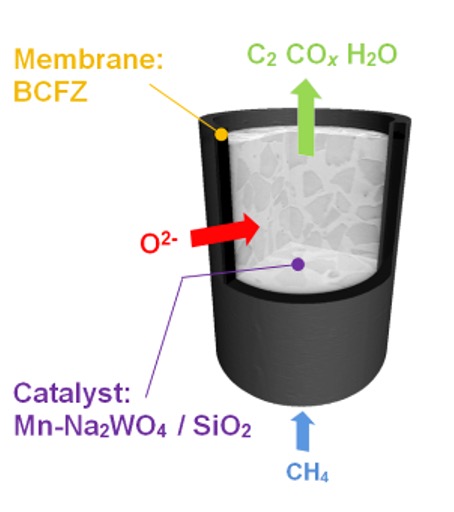 Case Study: RCAH Impact Fellows Report
Case Study: RCAH Impact Fellows Report
The RCaH Advanced Impact Position is an EPSRC scheme that encourages collaborative research between groups based at the Research Complex Harwell. The project was a collaboration principally with Manchester X-ray Imaging Facility and the UK catalysis Hub with the aim of developing methods to image the changing chemistry within working catalytic membrane reactors.





 Case Study: Autonomous repair
Case Study: Autonomous repair Case Study: Biotechnology
Case Study: Biotechnology